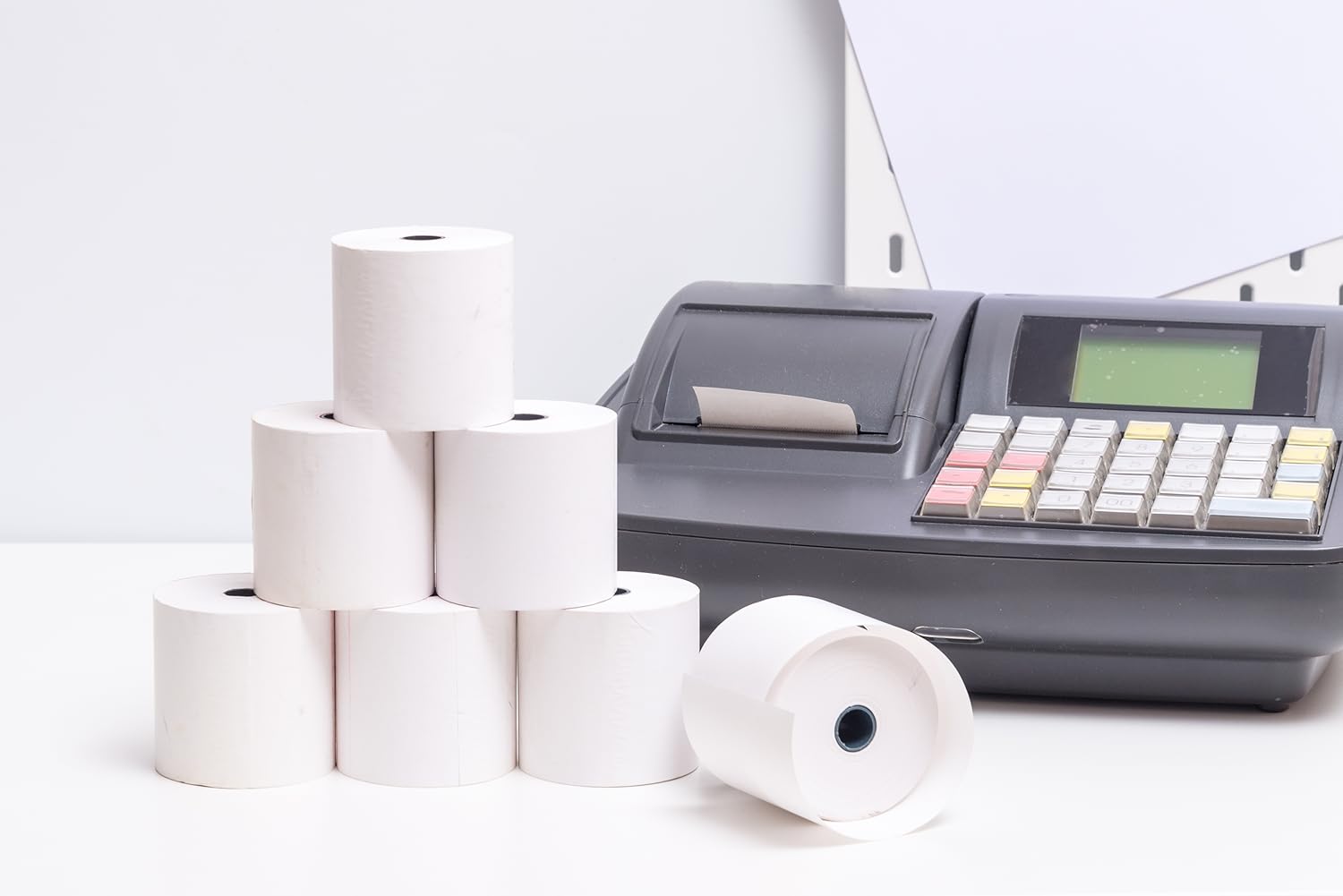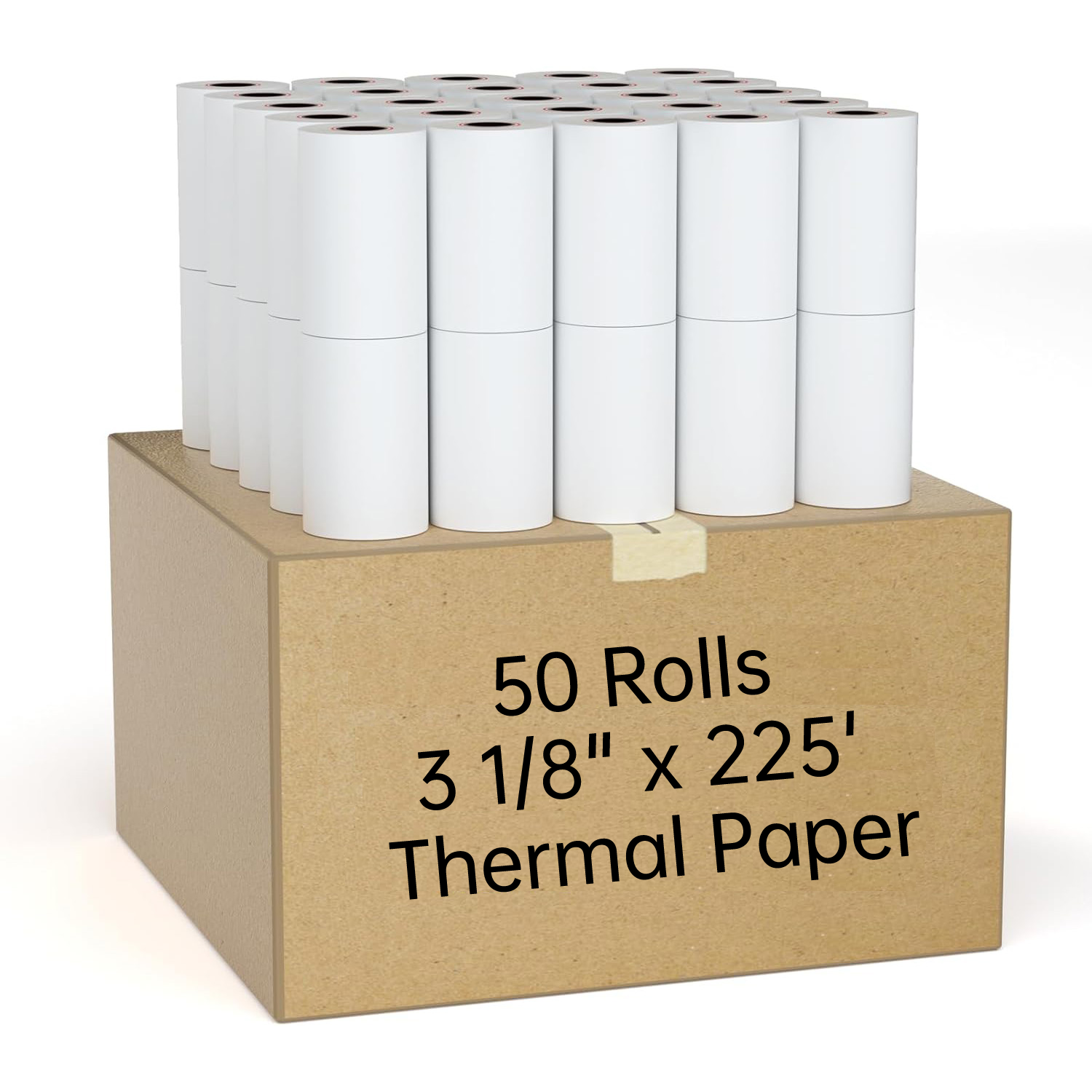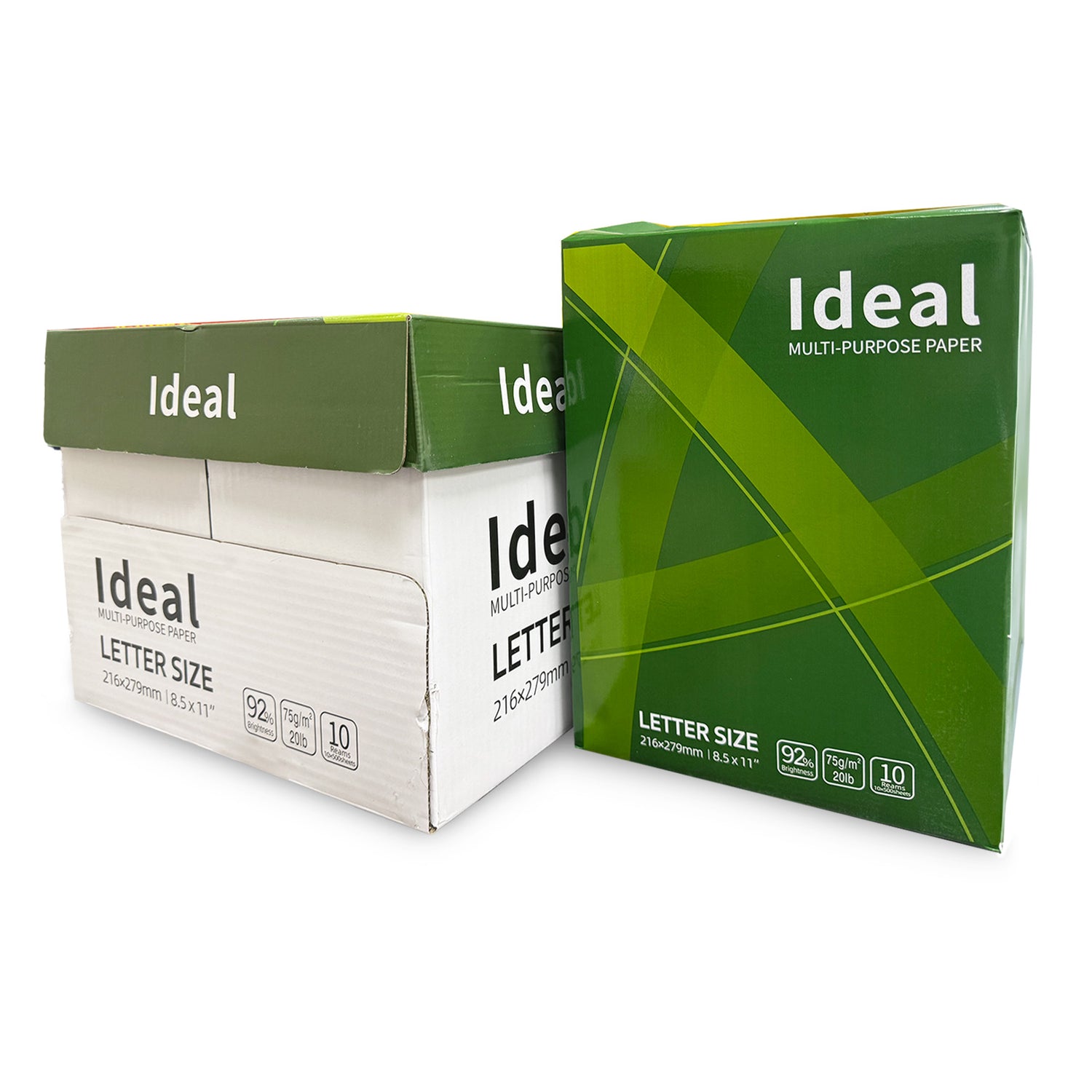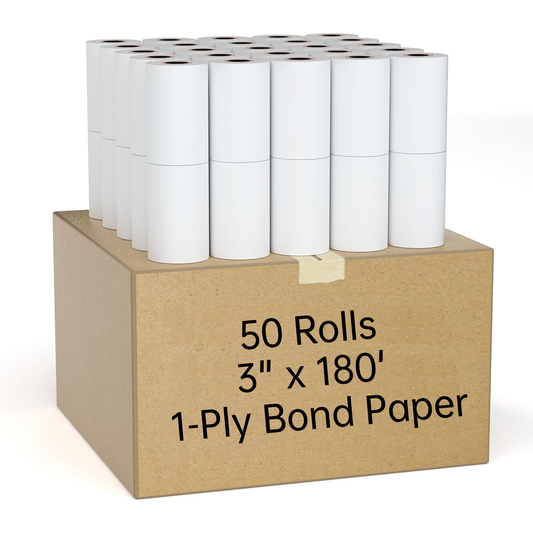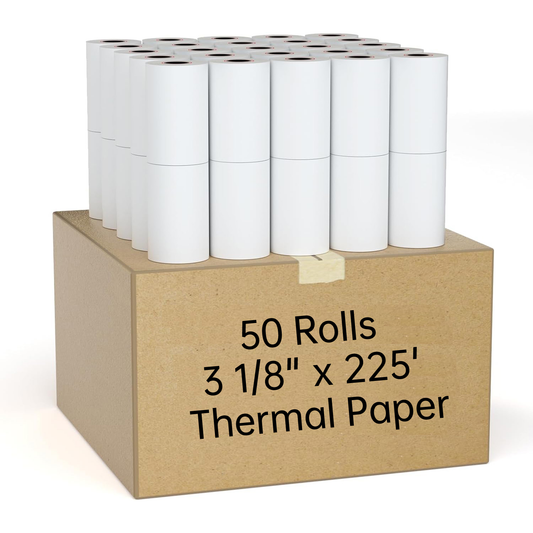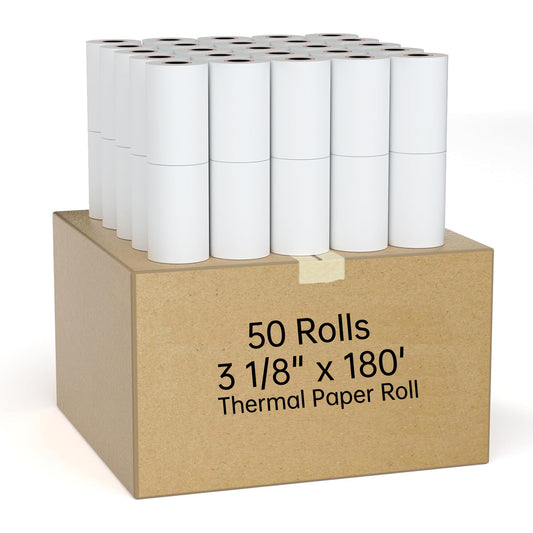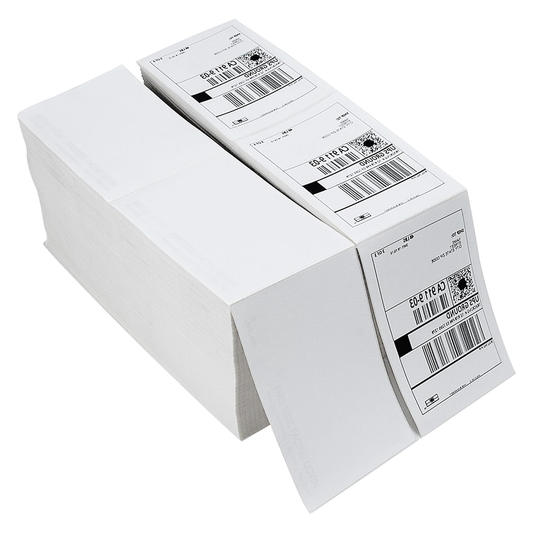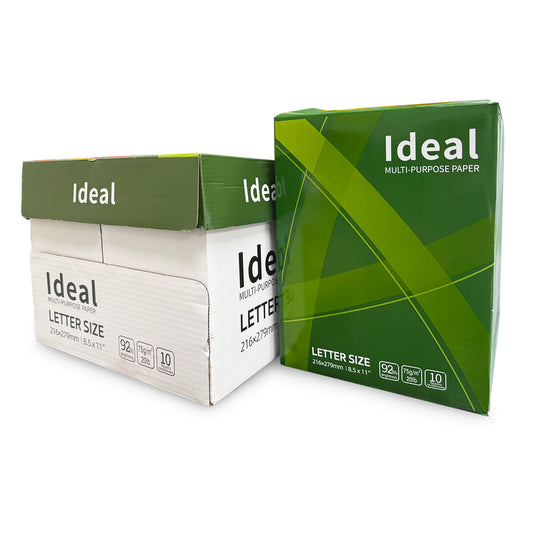Replacing a kitchen faucet is a manageable DIY project that can significantly upgrade the look and functionality of your kitchen. Whether you're replacing an old faucet or installing a new one, here’s a comprehensive guide to help you through the process.
Tools and Materials You'll Need:
- New kitchen faucet
- Adjustable wrench
- Basin wrench
- Plumber's putty or faucet sealant
- Bucket
- Towels or rags
- Safety glasses
- Flashlight (if necessary)
- Tape measure
- Supply lines (if not included with the new faucet)
Step 1: Preparation
- Turn Off the Water: Locate the shutoff valves under the sink and turn off both the hot and cold water supply lines. Turn on the faucet to release any remaining water and relieve pressure.
- Prepare the Workspace: Place a bucket under the sink to catch any water that may drip when you disconnect the old faucet.
Step 2: Remove the Old Faucet
- Disconnect Supply Lines: Use an adjustable wrench to disconnect the hot and cold water supply lines from the shutoff valves. Have a towel or rag handy to soak up any residual water.
- Remove the Faucet Mounting Nut: Use a basin wrench to loosen and remove the mounting nuts that secure the faucet to the sink or countertop. Depending on the faucet type, there may be one or more mounting nuts to remove.
- Detach the Old Faucet: Once the nuts are removed, lift the old faucet out from above the sink or countertop. Clean the area thoroughly to prepare for the new faucet installation.
Step 3: Install the New Faucet
- Preparation of New Faucet: If necessary, assemble the new faucet according to the manufacturer's instructions. Apply plumber's putty or faucet sealant around the base of the faucet (if recommended).
- Position the New Faucet: Insert the new faucet into the mounting holes on the sink or countertop. From underneath, secure it in place with the mounting nuts provided. Use a basin wrench to tighten the nuts securely.
- Connect the Supply Lines: Reattach the hot and cold water supply lines to the corresponding shutoff valves. Use an adjustable wrench to tighten the connections, ensuring they are snug but not over-tightened.
Step 4: Test the New Faucet
- Turn On the Water: Slowly turn on the shutoff valves to allow water to flow into the new faucet. Check for any leaks around the connections.
- Check for Functionality: Test the new faucet by operating both hot and cold water. Check all settings and features (such as spray modes, if applicable) to ensure everything functions correctly.
Step 5: Final Adjustments
- Secure Loose Components: If any part of the faucet feels loose, tighten the necessary components.
- Clean Up: Wipe down the area under the sink and around the faucet to remove any debris or excess plumber's putty.
- Dispose of Old Faucet: Properly dispose of the old faucet and any packaging materials from the new one.
Conclusion
Replacing a kitchen faucet can be a rewarding project that enhances your kitchen's aesthetics and functionality. By following this guide and the manufacturer's specific instructions, you can successfully install a new kitchen faucet and enjoy its benefits for years to come.
For high-quality kitchen faucets that combine durability and style, explore the SkyGenius Single Handle Pull Down Kitchen Faucet available at Milamima.

